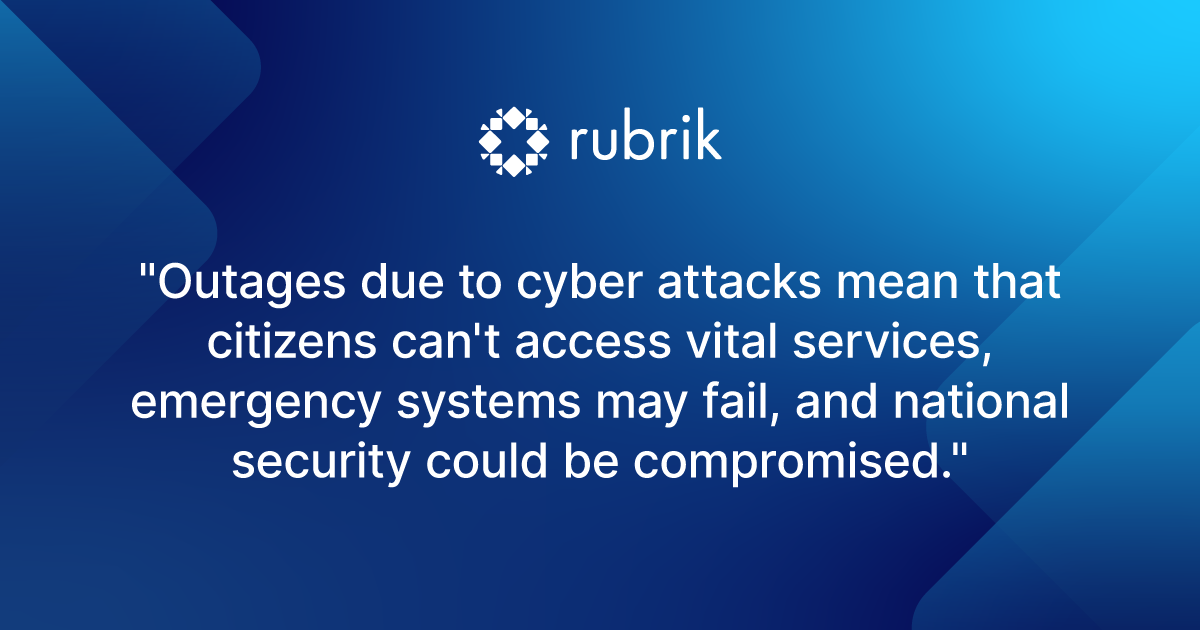The clock is always ticking in cybersecurity.
But for government agencies, the stakes are exceptionally high. A single, unforeseen vulnerability can cascade into a national crisis. Consider the widespread impact of the MOVEit transfer software vulnerability. This zero-day exploit did not just disrupt operations; it compromised the sensitive data of millions of citizens across numerous federal, state, and local government agencies.
MOVEit wasn't an isolated incident; 2023 saw a record-breaking 25,000+ zero-day vulnerabilities reported, a 50% increase from the previous year. This fact underscores a sobering reality: today's adversaries can exploit vulnerabilities faster than software companies can find and patch those vulnerabilities.
With new zero-days emerging weekly and attack surfaces expanding daily, government agencies need more than just preventative measures. Government agencies must be able to hunt for and detect new and emerging cyber threats. That's why effective threat hunting capabilities must now be included in any modern public sector IT infrastructure.
Government Agencies Face Unique Threats
The public sector faces a unique and expanding threat landscape. Malicious actors—from nation-states to cybercriminals—are increasingly targeting government agencies to disrupt critical infrastructure, steal sensitive data, and undermine public trust. The sheer volume and complexity of government data, combined with the often-interconnected nature of their systems, create a fertile ground for attackers. And the impact can be severe: outages due to cyber attacks mean that citizens can't access vital services, emergency systems may fail, and national security could be compromised.
This is where the paradigm of threat hunting becomes crucial.
In a previous blogpost, Andrei Uyehara talked about the power of continuous threat monitoring to proactively identify emerging threats to your agency through continuous scanning of your backups for known indicators of compromise. Now when new and emerging threats arise, you can use threat hunting to perform a deeper investigation of your backups to ensure you’re not infected. Or, if you discover that you are infected, you can easily search through historical data of your entire backup estate to identify file patterns, file hashes, and YARA rules to quickly identify points of infection in your backups.
Threat hunting involves actively and iteratively searching through backups to detect and isolate advanced threats that have evaded existing security solutions. For government agencies, this ability to perform on-demand, in-depth investigations is not just a best practice; it is an essential component of national security.
Adapting to Emerging Cyber Threats
The threat landscape isn't static. It's constantly evolving in what security experts now describe as an intelligence war between nation-states. Yesterday's detection methods won't find tomorrow's attacks. Threat actors know this, which is why they continuously refine their techniques to evade standard security tools.
Recent reports indicate that sophisticated adversaries are specifically developing counter forensic techniques designed to thwart traditional threat hunting. Now, some threat actors are actively evading or disabling EDR & XDR tools that would typically act as the guardrails against these threats.
Rubrik Turbo Threat Hunting flips this dynamic on its head. By analyzing backup data which exists outside the production environment attackers typically focus on obfuscating, security teams gain an uncompromised vantage point from which to spot even the most sophisticated threats:
When a new threat group begins using novel obfuscation techniques, historical scans can reveal previously undetected activity
If a supply chain compromise that affects government software is discovered, agencies can immediately determine if they've been impacted
When intelligence agencies share new IOCs from nation-state actors, security teams can instantly search their entire environment, including data from months ago
This capability is particularly crucial given current geopolitical instability, with nation-state actors increasingly targeting critical government infrastructure and systems that manage public data. As these actors deploy machine learning to accelerate their attacks and evade detection, government defenders need similarly advanced tools that can match this speed and sophistication.
For government security teams, Turbo Threat Hunting is a force multiplier that transforms how they protect vital systems and sensitive citizen data. In an era where cyber resilience determines whether agencies can fulfill their missions during a crisis, Turbo Threat Hunting is a tool that provides the speed and efficiency necessary to stay one step ahead of increasingly sophisticated adversaries, so that government agencies can ensure that they can fulfill their mission to serve, protect, and preserve public trust in even the most challenging cyber environment.
Rubrik’s Turbo Threat Hunting is not just another feature—it’s a paradigm shift in how organizations approach cyber recovery. By leveraging our patent-pending technology to deliver recovery times measured in seconds rather than weeks, we’re empowering organizations to maintain business continuity and safeguard their reputation.
Ready to see it in action? Contact your Rubrik account team today for a personalized demo and discover how Turbo Threat Hunting can transform your cyber recovery strategy.

